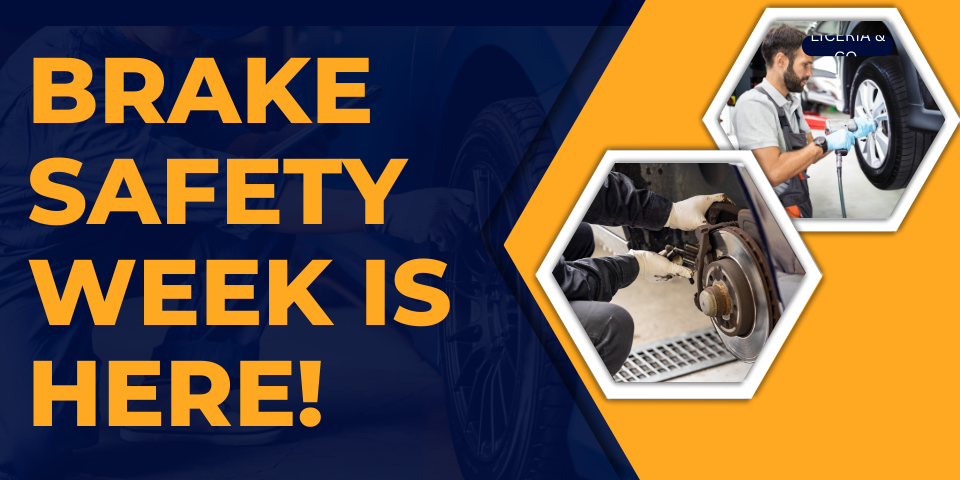
Brake Safety Week is Here!
Safety in trucking should always be taken seriously. As a recruiter, I've spent years pouring over the driving backgrounds and Motor Vehicle Records (MVRs) of many a commercial driver. This also includes the all-powerful Pre-Employment Screening Program (PSP), which details a driver's Out-of-Service (OOS) records among many other things. One of the easiest ways to determine if a driver would qualify to drive for a specific company is to dissect the PSP in an attempt to understand a driver's tendencies.
Brake violations are just one of the many red flags recruiters and safety departments are taught to look for on a PSP report. Proper brake safety is routinely preached to drivers when they are in the process of being trained to become Commercial Driver's License (CDL) holders. Whether driving over-the-road in a big rig, or perhaps even as a local bus driver, the importance of brake safety cannot and should not be taken likely.
If you're reading this article, we are already in the midst of Brake Safety Week 2023. It's an entire week dedicated to brake safety and it began on Sunday, August 20th and is scheduled to run until Saturday, August 26th. During this campaign, commercial motor vehicle inspectors will conduct brake system inspections on large trucks and buses throughout North America to help identify brake-system violations.
What Are Inspectors Looking For?
The focus of this year's Brake Safety Week will be on the condition of the brake lining and brake pad. Brake lining and pad issues can result in vehicle violations and, when inspectors conduct the brake portion of a Level I or Level V Inspection, they will be looking for the following:
- Missing, non-functioning, loose, or cracked parts.
- Contaminated, worn, cracked, and missing linings or pads.
- S-cam flipover.
- Audible air leaks around brake components and lines.
- That slack adjusters are the same length (from center of S-cam to center of clevis pin) and the air chambers on each axle are the same size.
- That the brake system maintains air pressure between 90-100 psi (620-690 kPa) and measure pushrod travel.
- Non-manufactured holes (e.g., rust holes, holes created by rubbing or friction, etc.) and broken springs in the spring brake housing section of the parking brake.
- Required brake system warning devices, such as anti-lock braking system (ABS) malfunction lamp(s) and low air-pressure warning devices.
- The tractor protection system, including the bleedback system on the trailer.
- Ensuring that the breakaway system is operable on the trailer.
Operation Airbrake
Brake Safety Week is part of CVSA's (Commercial Vehicle Safety Alliance) Operation Airbrake. The goal is to reduce the number of highway crashes caused by faulty braking systems on commercial motor vehicles by conducting roadside inspections and educating drivers, mechanics, owner-operators, and others on the importance of proper brake inspection, maintenance, and operation by conducting roadside inspections and educating drivers, mechanics, owner-operators, and others in the matter of proper brake safety.
It's important to keep drivers, owner-operators, and carriers in the loop as to when they can expect these safe driving initiatives. Keeping trucks and drivers safe and legal should always be a targeted focus in the transportation industry. It also reminds us that we should all be cognizant of the other drivers we share the road with, whether 18-wheels, 4-wheels, or something in between.
